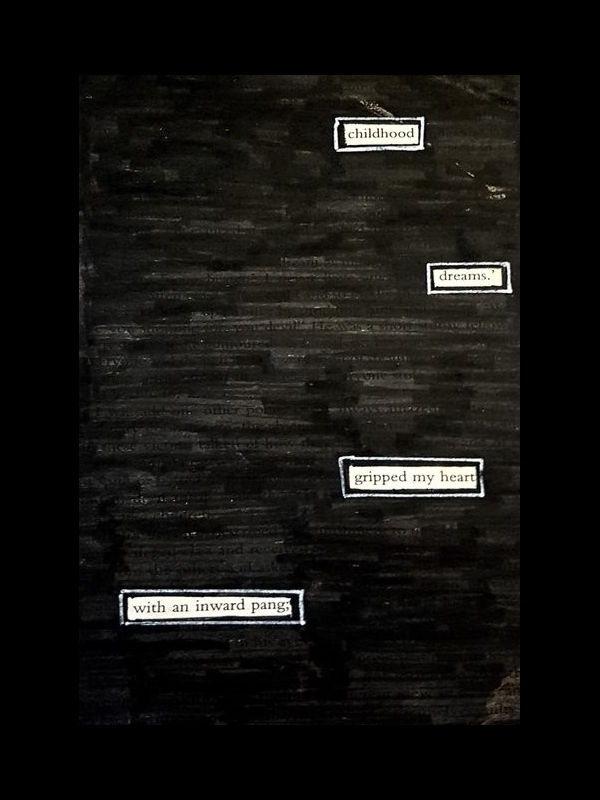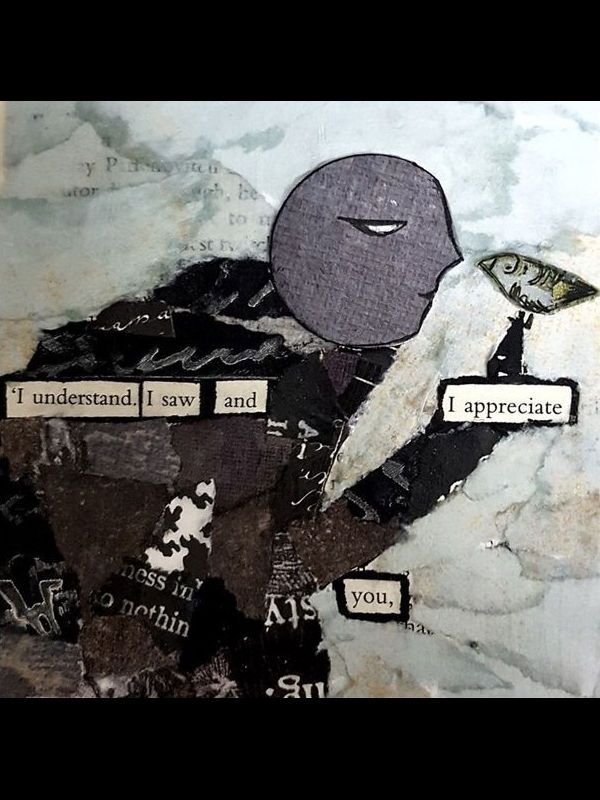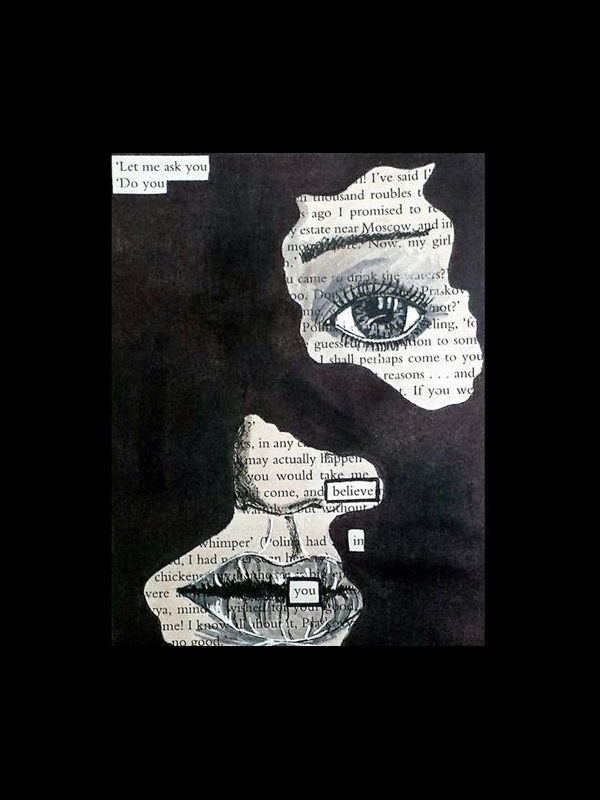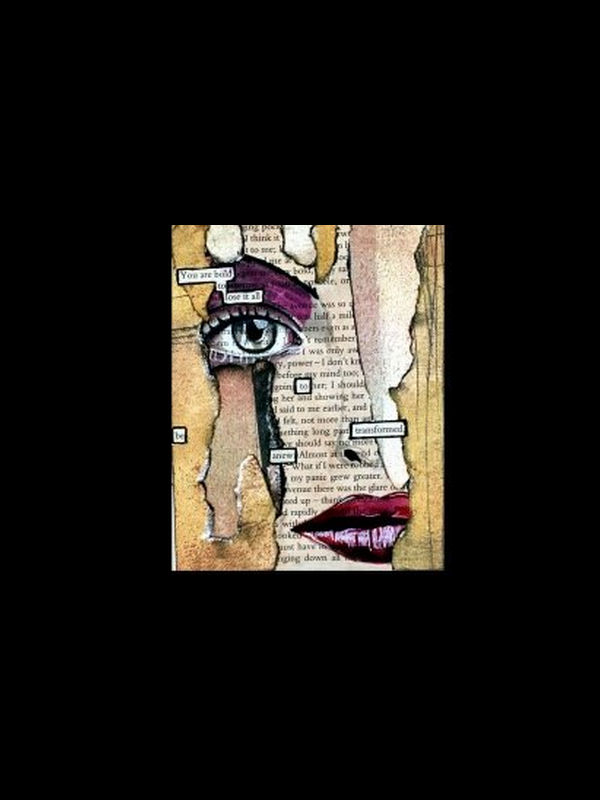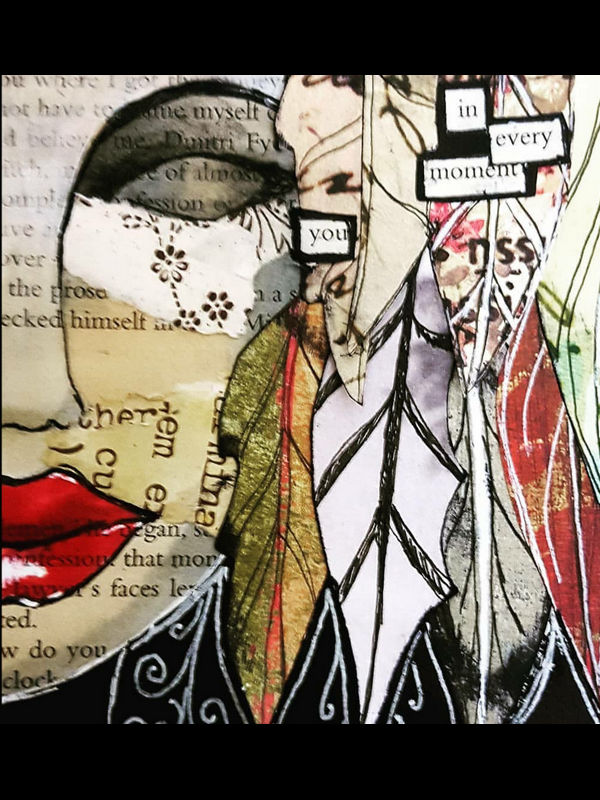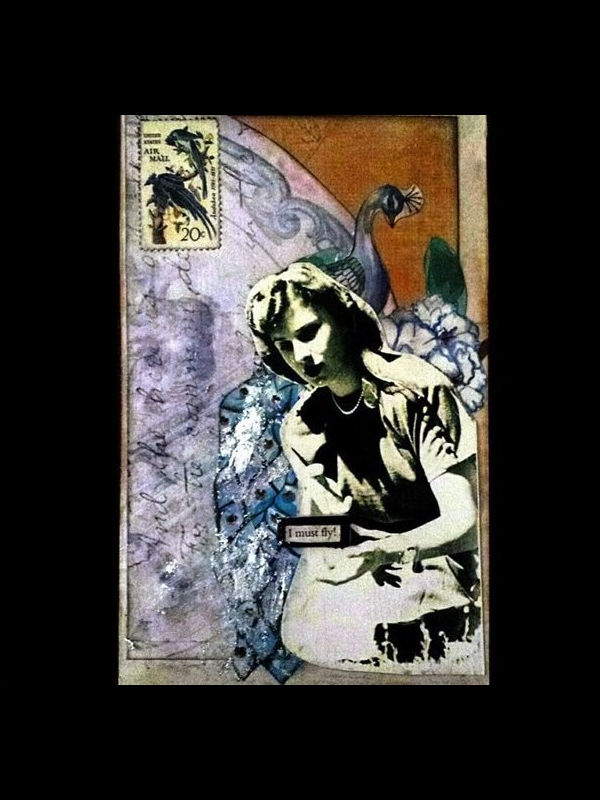25/06/2019 - Editore

Sandra Tester: trasformare il dolore in poesia. Intervista.
Trasformare il dolore in poesia
Intervista a Sandra Tester
Continuano le nostre interviste ad artisti, italiani e stranieri, che si dedicano alla Found Poetry. E’ la volta di Sandra Tester, artista Australiana che ha avuto la forza di attraversare il grande dolore causato dalla perdita di sua figlia grazie alla Found Poetry.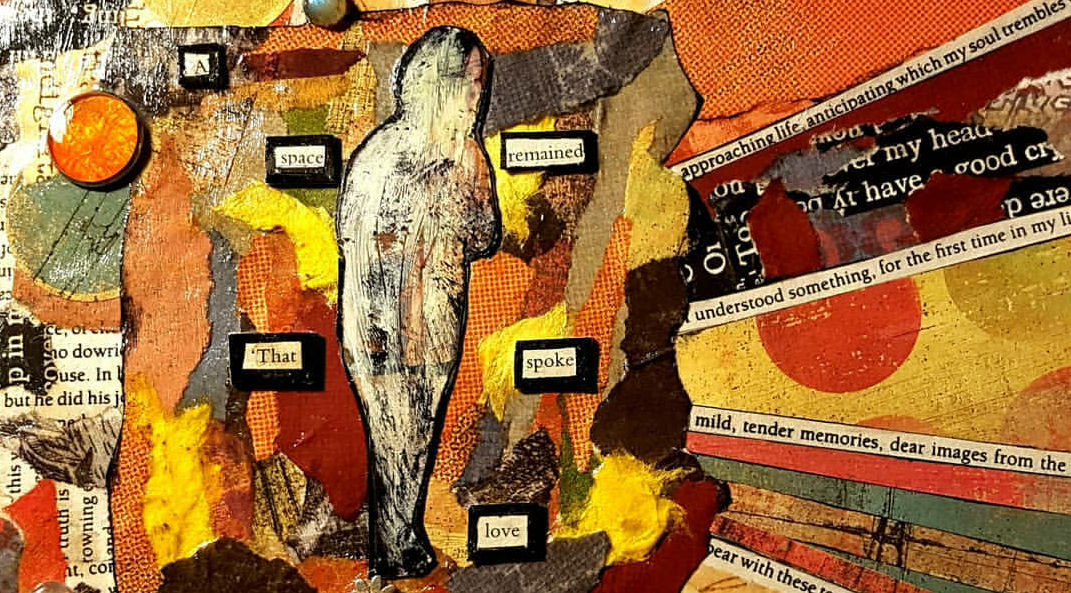
Intervista a Sandra Tester
Continuano le nostre interviste ad artisti, italiani e stranieri, che si dedicano alla Found Poetry. E’ la volta di Sandra Tester, artista Australiana che ha avuto la forza di attraversare il grande dolore causato dalla perdita di sua figlia grazie alla Found Poetry.

Quando hai cominciato a creare poesie con la Found Poetry?
Ho cominciato all’inizio del 2015. E’ stata una reazione al dolore quando ho perso la mia adorata figlia Keshia di 16 anni, nel Novembre del 2014, per suicidio. Avevo visto la found poetry su Pinterest e l’avevo trovata affascinante. Ho cominciato così ad usare Instagram come diario del mio dolore e nel farlo ho notato che lì vi erano molti poeti di Found Poetry. Chiamavano tale attività ‘blackout poetry’ e la comunità era curata da John Carroll, un artista di Atlanta che ha ispirato molte persone a creare messaggi di speranza.Ho deciso di provare. Ho preso la copia del libro di Dostoevsky’s ‘The House of the Dead’ di mia figlia e ho cominciato a creare found poems. Il primo è stato molto elementare.
Uso solo le copie dei testi di Dostoevsky di mia figlua per creare i miei lavori. E quindi, di riflesso il mio lavoro esprime l’amore che mia figlia aveva per le parole e l’arte. Inoltre, e mentre scrivo lo comprendo, nel cuore addolorato di madre mantengo in vita una parte di lei attraverso il mio lavoro e riporto al mondo in modo che possa parlare.
Qual’è il processo creativo che segui nella realizzazione dei tuoi lavori?
Comincio sempre con la parte poetica. Esploro la pagina e sottolineo le parole che saltano fuori. Poi cerco il flusso poetico, il significato, la sequenzialità. Una volta che sono soddisfatta del testo sottolineo le parole con il nero e decido cosa fare in seguito: se disegnare a penna o utilizzare il collage oppure usare vecchie foto o stampe. Alcune volte combino le diverse tecniche.Il mio obiettivo nella found poetry è quello di esprimere l’essenza della poesia trovata attraverso l’arte.
Che tipo di tecniche e materiali usi?
Il mio lavoro, come già detto, include l’uso delle penne e Mixed Media: una combinazione di penne, carta, foto, stampe.Quanto è influenzato il tuo lavoro dalla scelta di determinate tecniche o materiali?
In realtà non sono molto consapevole di questa cosa: la mia creatività è personale. Il mio scopo è di essere fedele alla poesia più che utilizzare una tecnica particolare.C’è qualcuno che ti ha ispirata in modo particolare?
La comunità della black out poetry su Instagram mi ha davvero ispirata e incoraggiata. Tutti sono stati sinceri e generosi con il mio lavoro e con il mio dolore. La comunità con il tempo e’ diventato un luogo di amore, sicuro e accogliente e soprattutto all’inizio mi ha ha aiutato nel mio divenire artista.Che funzione ha questa pratica nella tua vita?
Dedicarmi alla found poetry è stato fondamentale per me perchè mi ha donato momenti di serenità all’inizio della mia sofferenza. Mi ha dato la possibilità di agire, di esprimere le mie emozioni e un luogo dove poter esprimere il mio dolore senza la paura del giudizio. E’ stata fondamental e nell’aiutarmi ad accettare l’impatto che la perdita di mia figlia ha avuto nella mia vita. All’inizio lo facevo quasi ogni giorno, adesso mi ci dedico due volte a settimana solo in funzione della sperimentazione di nuove tecniche.Hai progetti che vorresti realizzare con i tuoi lavori di found poetry?
Vorrei creare una biografia sul modo in cui la Found Poetry mi ha aiutata nel dolore. Mi piacerebbe spiegare il processo che metto in atto per creare ed il perchè lo faccio, vorrei parlarne in modo approfondito e dire come questa particolare forma di arteterapia mi ha dato una voce, mi ha dato pace e gioia durante il dolore inesprimibile della perdita di mia figlia. Mi piacerebbe anche organizzare corsi di found poetry.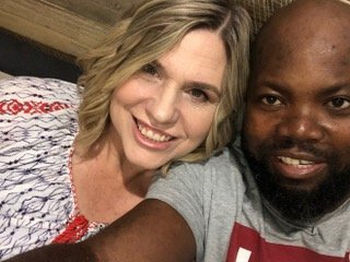
Transforming grief and loss through poetry. Interview to Sandra Tester.
When did you start to create found poems?I began creating found poetry in early 2015. It was a reaction to grief. I had lost my beautiful 16-year-old daughter in November 2014 to suicide. I had observed found poetry on Pinterest and found it fascinating. I began using Instagram as a grief diary and noticed a lot of found poets on there. They called it ‘black out poetry’ and the community was led my John Carroll, an artist from Atlanta, who inspired people to create messages of hope.
I decided to give it a go. I picked up my daughters copy of Dostoevsky’s ‘The House of the Dead’ and began creating. My first poem was very simplistic. I use only my daughter’s copies of Dostoevsky’s works to create my art. On reflection, I am using my work to express my daughter’s love for words and art. Also, while writing this I realise, in my traumatised mother’s heart, I am keeping an element of her alive through my work, ‘still putting her into the world’ so to speak.
What is the creative process you follow in creating your work?
It always starts with the poem. I scan the page an underline words that pop out to me. I then look for flow in meaning and sequencing. Once I am happy with the text, I outline the words in black and then decide what art I am going to do; pen drawing or collage, using paper, vintage photos, stamps. Sometimes it is a combination of two o three mediums.
My aim is to express the essence of my found poem through my art.
What kind of techniques/materials do you use?
My work as discussed involves pen or Mixed Media: combination of pen, paper, photos, stamps, etc.
How much does your use of specific techniques or materials influence your work?
I am not really conscious of it; my creativity is subjective. My aim is to be true to the poem more than using a particular medium.
Have you been inspired by someone in particular or do you have a role model?
The ‘black out poetry’ community on Instagram, as a whole, have really inspired and encouraged me. They were all open hearted and generous with my work and grief. It became a place of love, safety and acceptance through those early years, that helped me transition as an artist.
What are your preferred methods of sharing your work?
I am on Instagram as @Flyaway_69. I do have an etsy shop Flyaway69 but that is all for now. I did go to markets in Sydney, Australia where I drew and sold art but have stopped that for now.
What function does this practice have in your life (for example, in relation to meditation, creativity, or spirituality, didactics, etc)?
Creating found poetry in my early grief was essential for allowing myself moments of serenity. It gave me activity, self expression and a platform to openly express my grief, without fear of judgement. It was essential in finding acceptance of the impact the loss of my daughter had on my life. In the early days I almost did found poetry daily, now I create twice a week, only because I am pursuing new mediums.
Do you have any project you would like to work on with your found poems?
I want to create a memoir about how Found Poetry helped with my grief. It will explain the process I use to create art and the why. It will explore in depth how this form of art therapy gave me a voice, peace and joy through the inexpressible grief of losing a child. I would also like to teach found poetry classes.
